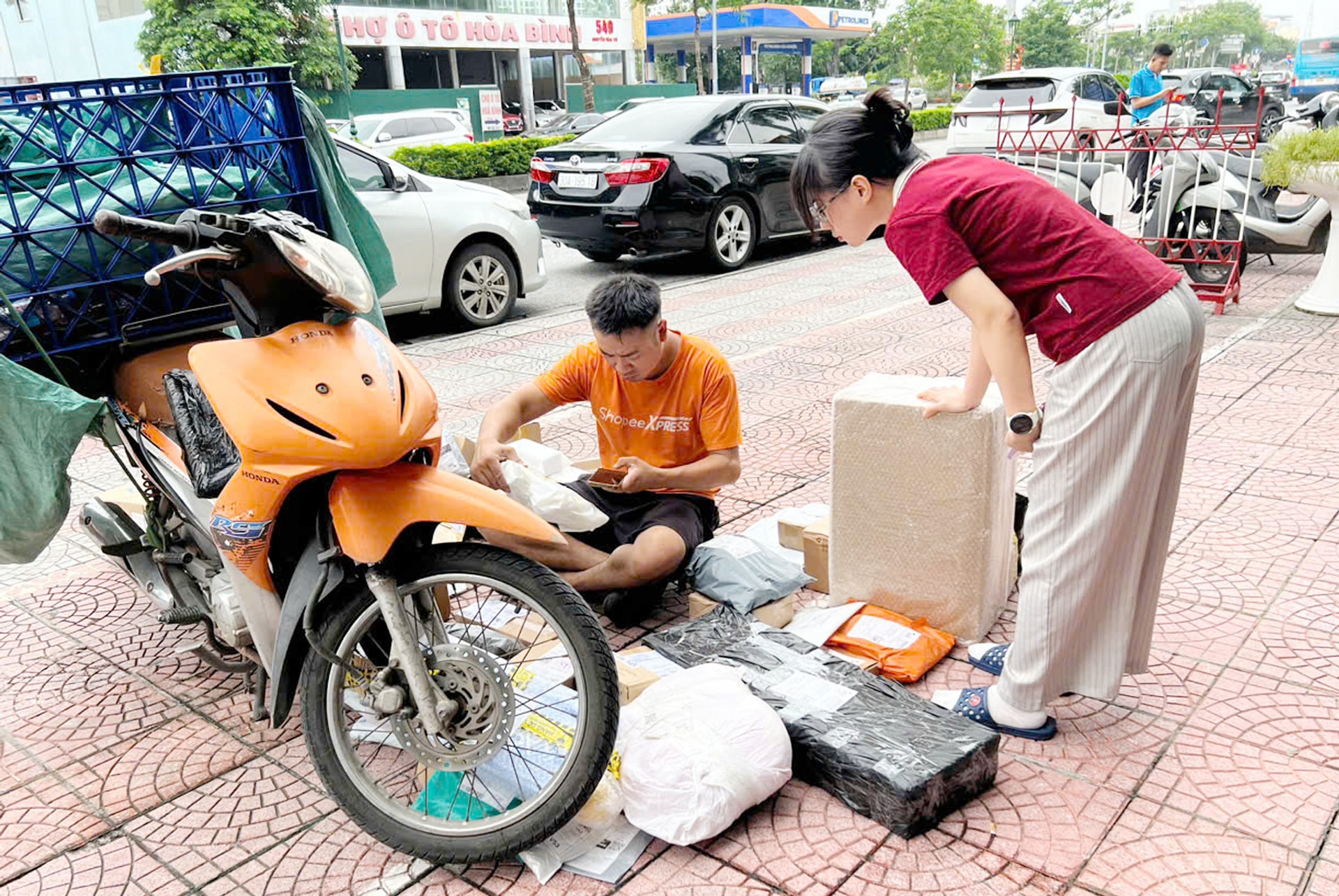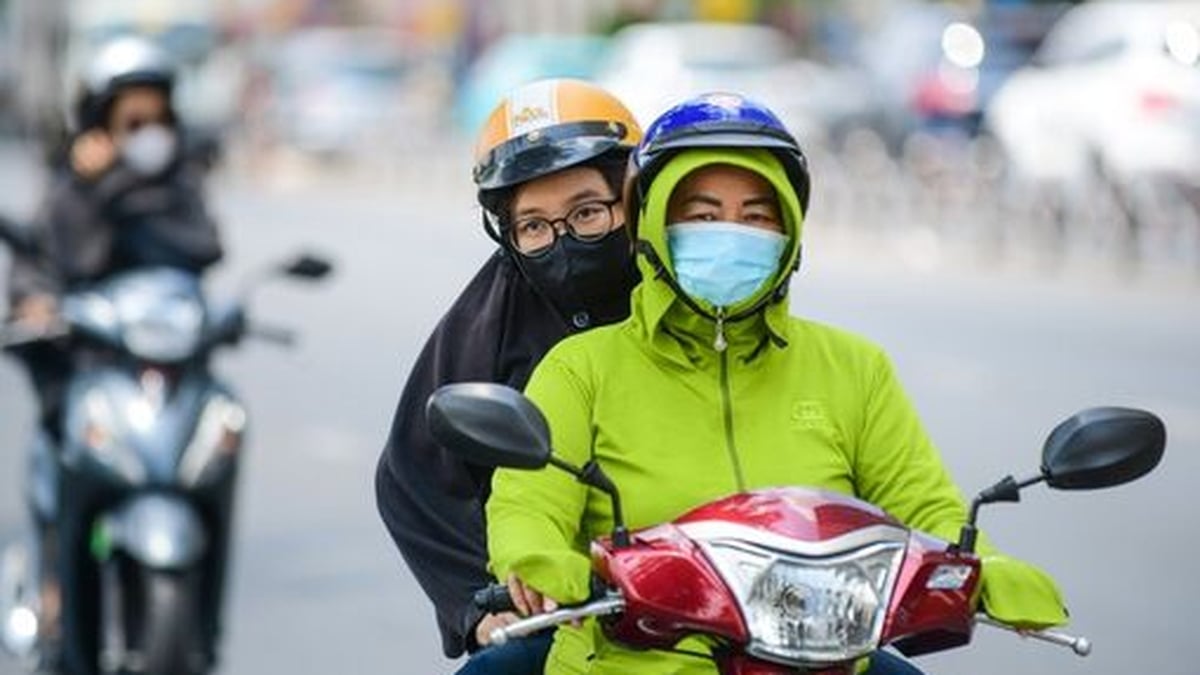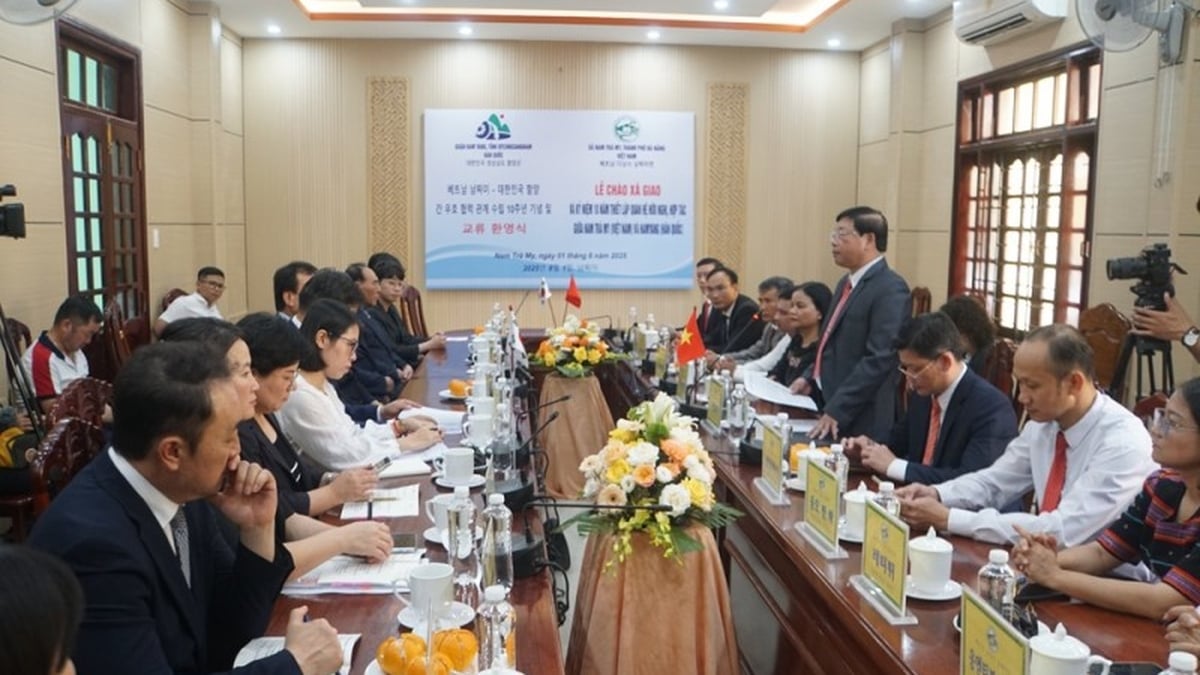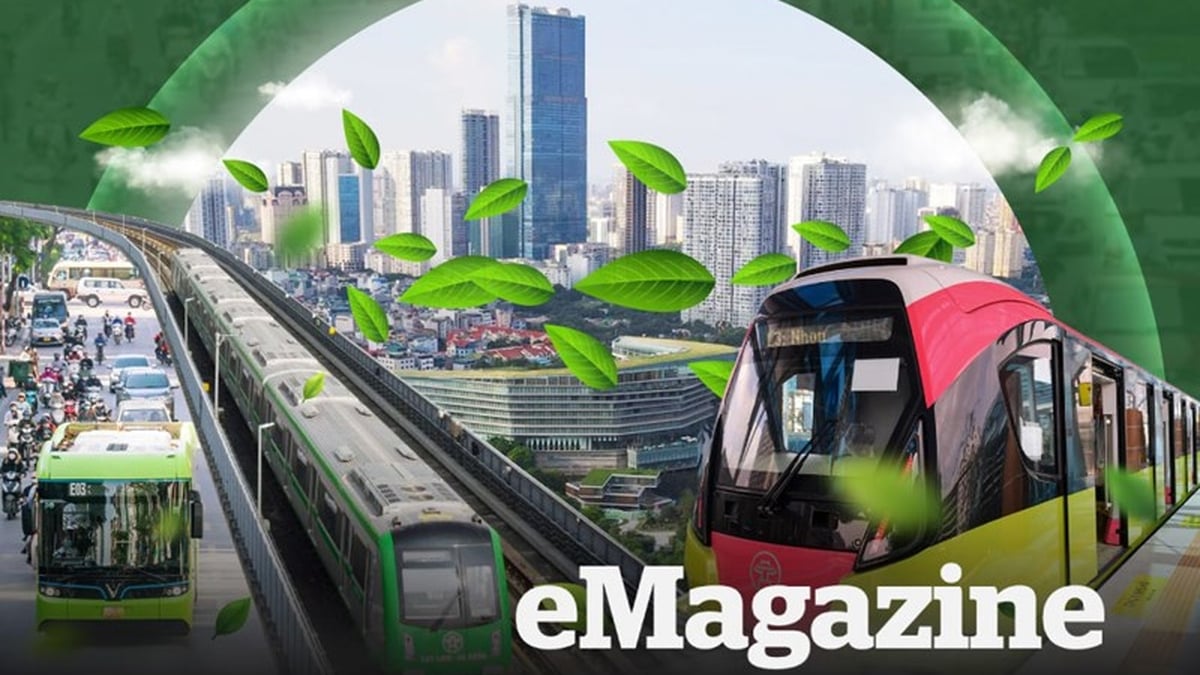Greening e-commerce is not only an inevitable trend but also an urgent requirement, starting with the use of friendly packaging, minimizing packaging, applying renewable energy in logistics... to put this market on the path of green and sustainable development.

Rapid growth but causes many consequences
A 2024 survey by the Vietnam E-commerce Association shows that if 1 billion USD worth of goods are sold on the market via e-commerce, 7,600 tons of plastic will be left behind. Meanwhile, online fast food ordering services using foam bags and boxes will release about 18,600 tons of plastic into the environment. Notably, carton boxes and plastic bags are popular packaging types used to pack orders. In particular, the survey shows that the clothing, fashion , accessories and fast food industries have a rate of using plastic bags, boxes and cups of up to 90%. In addition, most orders use foam and bubble wrap as inserts, with rates of 30% and 35% respectively.
Mr. Nguyen Huu Tuan, Director of the Center for E-commerce and Digital Technology Development, Department of E-commerce and Digital Economy ( Ministry of Industry and Trade ) said that the amount of waste from e-commerce is 5 times higher than that of traditional commerce. Even the smallest value order is packaged from many materials such as carton boxes, plastic bags, tape... while if you buy directly, you can use less plastic bags and almost no tape or cardboard.
With a growth rate of 18 - 25%/year, the size of Vietnam's e-commerce market in 2024 will reach 25 billion USD, accounting for 9% of the total retail sales of goods and consumer service revenue nationwide. Contributing to 2/3 of the value of the country's digital economy , e-commerce retail also causes many consequences. Clearly recognizing this situation, Ms. Le Hoang Oanh, Director of the Department of E-commerce and Digital Economy, said that there are two main stages of e-commerce that have a negative impact on the environment, including: The packaging stage uses carton boxes, nylon packaging, bubble wrap, foam boxes, disposable plastic products... and the delivery stage involves means of transport that emit large amounts of carbon into the environment.
It is predicted that by 2030, when Vietnam's e-commerce reaches a scale of 100 billion USD, emissions could reach more than 800,000 tons of plastic waste and it will take a lot of resources to solve this problem.
Where does green e-commerce come from?
According to experts, to overcome the negative aspects of e-commerce, sellers and businesses need to use environmentally friendly delivery vehicles; build smart logistics, optimize transportation and delivery. In addition, the packaging stage needs to encourage the use of recycled packaging, while reducing the amount of packaging at each stage. Retailers need to have solutions to change consumer habits towards green delivery.
In fact, logistics is an important component of e-commerce, so converting to green logistics is an effective way to make e-commerce greener. Optimizing transportation costs not only helps logistics businesses cut costs but also contributes significantly to reducing emissions. To do this, logistics businesses need to invest in fuel-efficient, environmentally friendly means of transport using renewable energy, hydrogen, LNG, etc.; use smart containers, optimize routes, reduce empty vehicles, digitize warehouse management, etc.
Currently, more and more businesses are actively implementing solutions to minimize emissions into the environment. For example, GSM Green and Smart Mobility Joint Stock Company has deployed a delivery service using VinFast electric motorbikes on the Green SM application since the end of 2023. Viettel Post Joint Stock Corporation (Viettel Post) has also applied the "mobile post office" model designed on trucks with data sharing technology to connect between post offices and between postmen. Along with that, goods are sorted and routed directly on the vehicle and the export and import process is carried out via the mobile application to quickly handle the next steps. With this model, Viettel Post has cut down on intermediaries, reduced the transportation distance and the number of transfer vehicles by 15%. Thereby reducing emissions into the environment, limiting the circulation of goods, helping to minimize the need for shockproof packaging for postal items...
To accelerate green logistics, the Government has approved the Action Program on green energy conversion, reducing carbon and methane emissions in the transportation sector.
Recently, the Ministry of Industry and Trade's National E-commerce Development Master Plan for the 2026-2030 period also set out solutions to achieve the goal that by 2030, the proportion of e-commerce products using plastic packaging will be reduced to a maximum of 45%; the proportion of e-commerce products using recyclable packaging will be 50%; the proportion of enterprises applying clean energy in e-commerce logistics will be at least 40%; and the proportion of enterprises applying green supply chain standards for e-commerce will be at least 50%.
Along with that, the Draft Law on E-commerce being developed by the Ministry of Industry and Trade has specifically oriented the behavior of "clean business" in e-commerce. In October, this draft law will be submitted by the Government to the National Assembly for consideration and early approval with the expectation of not only solving environmental challenges as an urgent requirement but also increasing the competitiveness of e-commerce, moving towards a sustainable digital economy.
Source: https://hanoimoi.vn/xanh-hoa-thuong-mai-dien-tu-yeu-cau-cap-bach-de-phat-trien-ben-vung-711298.html



































































































Comment (0)